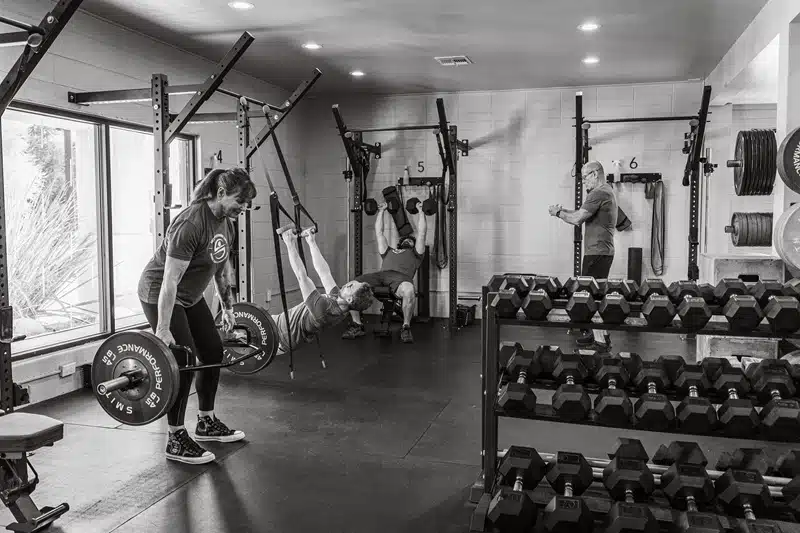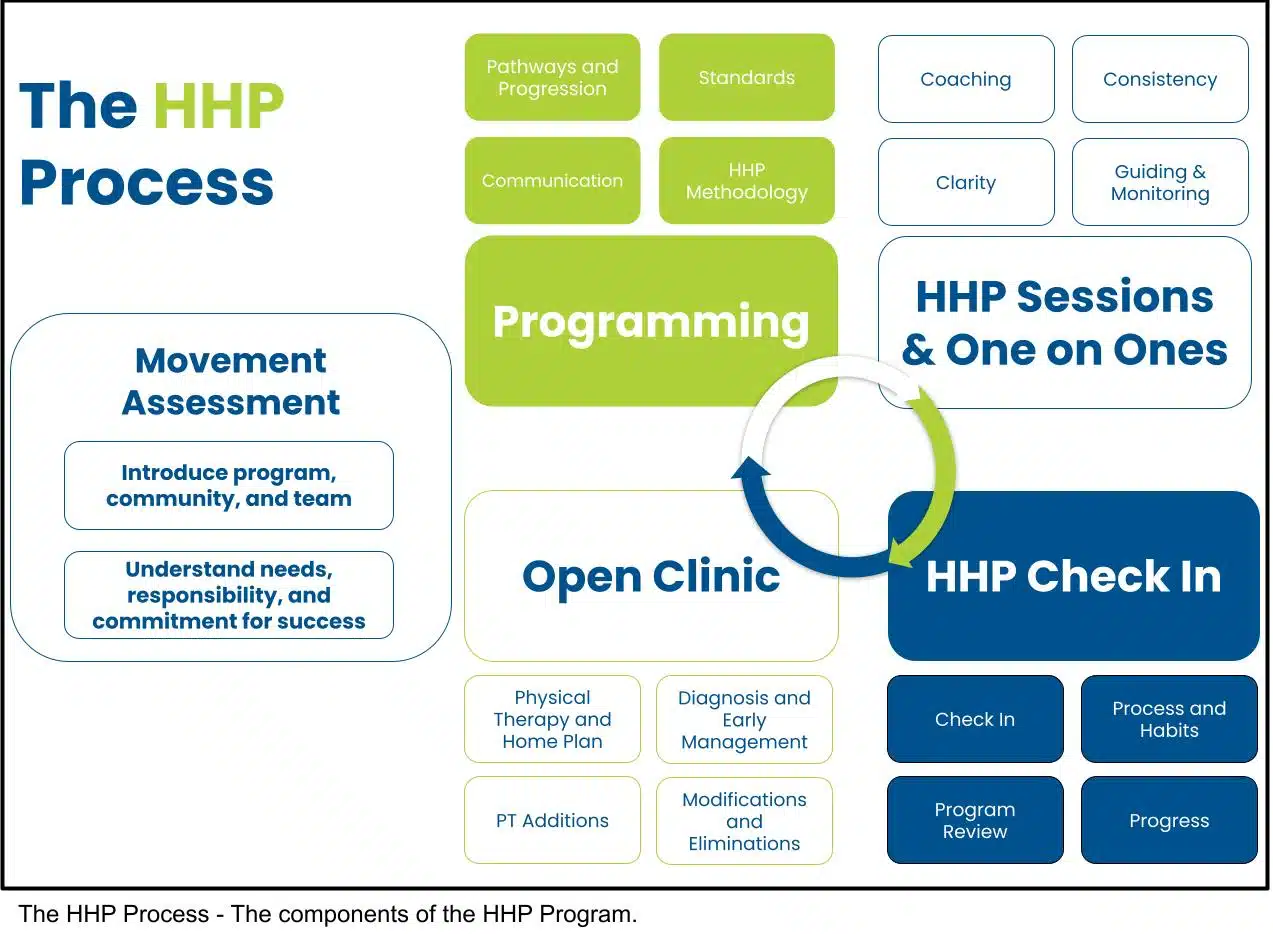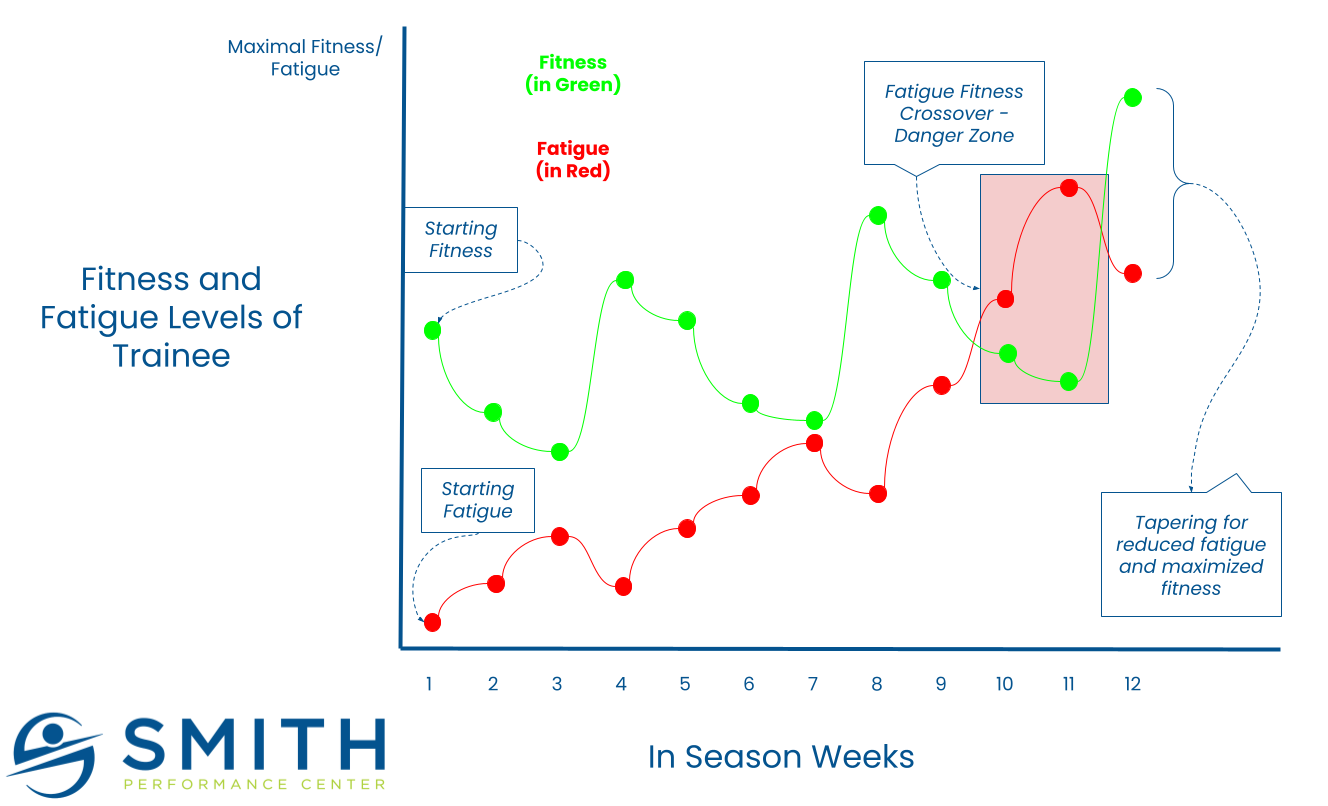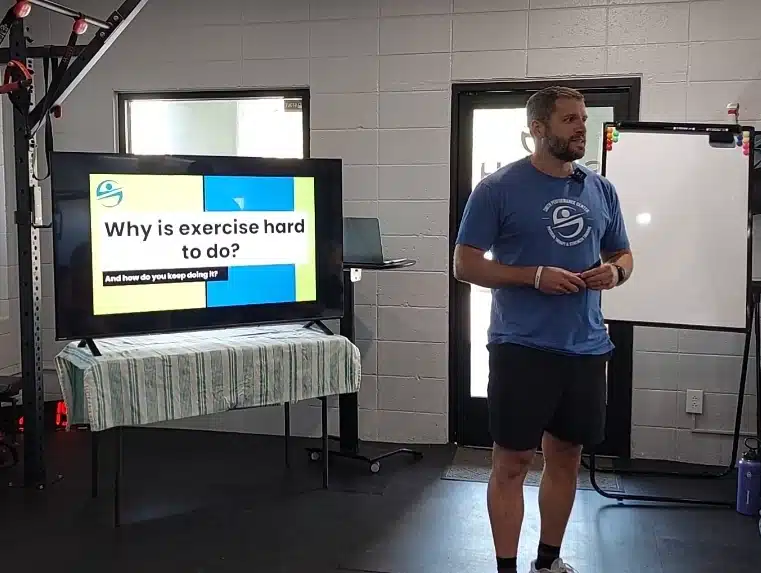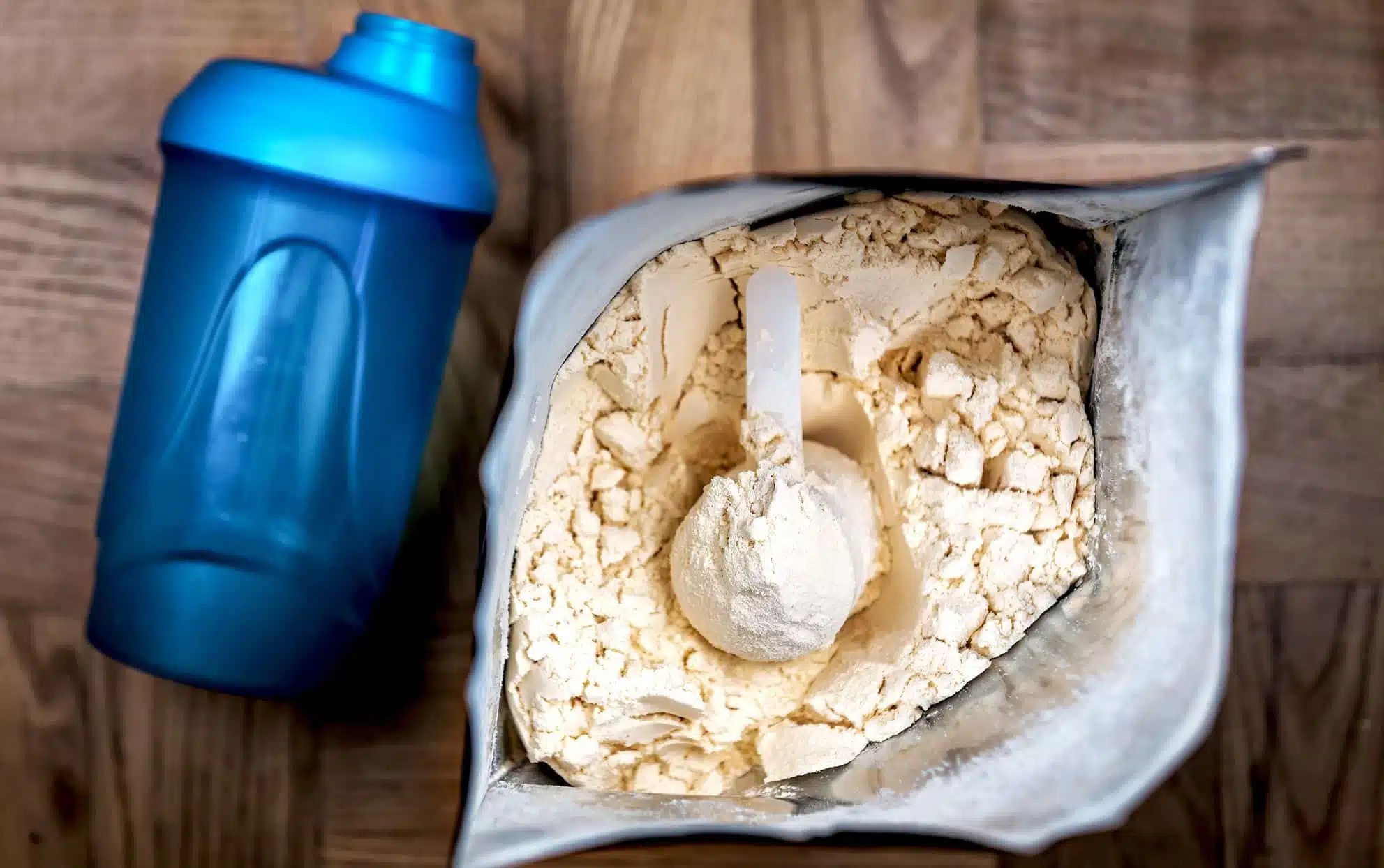What to do if you are an often injured triathlete that has tried to stay healthy?
Why did you get into triathlon?
Do you love the challenge?
Do you like the training?
Do you like the chronic calf cramping, back pain, neck pain, sore shoulder, or weird knee pain that seems to happen when you step off a curb?
Do you like hearing you have weak glutes or it’s just that your hip keeps falling out of alignment?
My guess is those last two are not why you started and continue to do triathlons.
Triathlon combines three separate sports into one: swimming, biking, and running. The training is long with a focus on technique and conditioning. You may have been attracted initially to the idea of cross-training to reduce your risk of injury. After the second or third overuse injury, you realized that may not be accurate.
When triathletes get to this point, they stop, return to one of the sports that does not cause problems (swimming, biking, or running), or try a whole bunch of random treatments including but not limited to physical therapy, forefoot running pattern, heel strike running pattern, weight training, stretching, massage, recovery boots, chiropractic, B 12 injections, new bike fit, new running shoes, new diet, change in training volume, etcetera, etcetera.
How can strength training help a triathlete?
In my experience, triathletes have two problems with their training:
Problem 1: The common interactions between swimming, biking, and running lead to injury along with the normal overuse injuries that happen in swimming, biking, and running.
Problem 2: Lack of time due to all the training required to master 3 disciplines while building fitness combined with an already busy schedule of work and responsibility
Strength training with a focus on managing the natural consequences of triathlon training can limit this problem.
Why?
First, the notion that injury risk is reduced because you are doing three separate types of activity is not true. For example, a common cause of calf cramping is due to the interaction between running and swimming. Hamstring cramping is increased with the interaction between biking and running.
Second, strength training can combat the natural response to training. Triathletes often test as if they are weak with glutes when in actuality they are having issues with inhibition. For triathletes that have trained for a long period of time, this can develop into a weakness. There is a big difference between the two presentations and both can be addressed with a well-designed plan.
Third, you can target new injuries quickly and effectively (more specifically to how we do the Health and Human Performance Program)
Fourth, you can correct basic mistakes that are often incorporated into programs (This is also more true for how Smith Performance targets problems with PT additions, modifications, and injury management within the strength and endurance programming). Low back injury is very common with triathletes and the number one treatment we see for it is hamstring stretching. If a neural tension sign is present, this actually makes the problem worse!
This answers Problem 1, however adding strength training could make Problem 2, the time crunch worse.
Not enough time to strength train as a triathlete
The answer to this problem begins with a clear understanding of the total time that can be spent training. If you have never trained before and you’re currently in a build-up for a triathlon, then more than two a week would be a terrible idea. We may even start with one.
The idea is that strength training using a long-term development mindset will increase your training capacity, manage injuries as they emerge, and address lingering problems from previous injuries.
This means that your training with the swim, bike, and run will be more effective! The same amount of training time can result in better results: higher training output and faster recovery.
The Steps to Maximize Strength Training as a Triathlete
Reduce time loss from injury and increase training capacity
A couple of years ago, I spoke at a triathlon convention in New York on the topic. My main ideas centered on knowing your injury history, screening for current issues, analyzing your techniques (swim, bike, run), and keeping the strength program simple.
The Smith Performance Process has grown over the years. We dropped screening, which seemed to do nothing, and focus on managing new injuries immediately.
Step 1: Know your injury history and key signs
Step 2: Develop a strong foundation
Step 3: Manage emerging injuries immediately
Step 4: Monitor your energy level closely
Step 5: Target maladaptations to triathlon training
Step 6: Use a long-term focus and keep it fun
Strength Training for Triathletes Steps
Step 1: Know your injury history and key signs
Your injury history needs to be something you know very, very well as it will most likely be that injury recurring that stops you. So a triathlete with tibial stress fractures would be at high risk for future stress fractures. Our team would want that athlete to monitor their energy levels and make sure we started at a low level of stress with the strength training.
Our team uses the term key sign to define a testable movement or exam that can reproduce a symptom. A key sign can be your subjective experiences like fatigue or tightness, or it can be a movement like touching your toes.
If you had low back pain that resulted in neural tension, then your key sign by the feeling of tight hamstrings or increased back stiffness when you wake up.
If you have medial tibial stress syndrome, then it may be tightness in the front of your shins or pain on the inside of your ankle.
Step 2: Develop a strong foundation
The foundation stage at Smith Performance is GREEN. We teach basic movement and the exercises seem easy. Often the first week makes it hard for new members to sit down. We want a foundation that allows for long-term growth.
One of the silliest programs I have seen focused on sport-specific strength training using bands, mimicking a swimming pull. This is not strength training nor is the carryover significant to the sport. If you need to get better at swimming, then swim.
If you want to get better training capacity to the most out of every training session, then get a strong foundation.
Step 3: Manage emerging injuries immediately
After researching this at different universities and different sports for the last decade, we don’t think injury prevention is really possible. We do everything possible to make sure you have a high-functioning system but the world and your body are so complicated that it is impossible to prevent every injury.
Since 2018, we use our physical therapy to immediately diagnose and treat injuries without losing your ability to train. In the first 6 months of 2020, we diagnosed, treated, and trained through 180 injuries.
If you are going to train hard, you have to make sure that new injuries are caught and managed. Don’t try to train through it without a plan.
We can use training aids to let tissue recover while you still get fitness.
We can modify your program or add new things to your warm-up for your triathlon training, like the posterior tibialis exercise.
If you are pushing yourself, injuries happen. Anyone trying to tell you that can prevent injuries is not telling the truth.
Step 4: Monitor your energy level closely
You must get enough calories. If you start feeling fatigued and workouts stink or develop a cascade of overuse injuries, then you are not eating enough. A dietitian consultation prior to the start of a build-up phase is one of the smartest things you can do.
Stress fractures, fatigue, and repeat overuse injuries can have a lot to do with how you are fueling.
Step 5: Target maladaptations to triathlon training
The idea that cross-training reduces your injury risk is not true. It just changes how you get hurt. Many of these problems come from the interactions between the disciplines. These can be targeted and corrected.
Step 6: Use a long-term focus and keep it fun
You may notice that I keep bringing up injuries. Almost every step has touched on the injury. People attracted to triathlons have the motivation to do the training. You have to be a little insane to think “what if I linked swimming, biking, and running and did it as fast as possible.”
Motivation is not the issue. Even programming is not where I have seen people fail.
Failure happens when you start to hate feeling hurt all the time.
You don’t have to go that route. A well-designed, support program using strength training has been invaluable for many of our members.
Is strength training for you?
Our facility has worked with hundreds of athletes of varying levels. We see the crazies who are going to the Ironmans and the newbies going for their first sprint tri. Triathlons have helped a lot of people get fit and develop healthy life habits.
But we have also seen people get destroyed by the training. If you don’t make a plan for handling the exercise load required for a triathlon program, then all of your efforts may end with you walking around in a boot and not knowing what you should do.
Next Steps
If you want to have our support in your training, the first step is to look at your injury history and deal with any current injury. From there, we will train your movement patterns and get your program rolling. From there, we make sure that your body is adjusting nicely to the training load you are putting on it.
Let us know if we can help!


